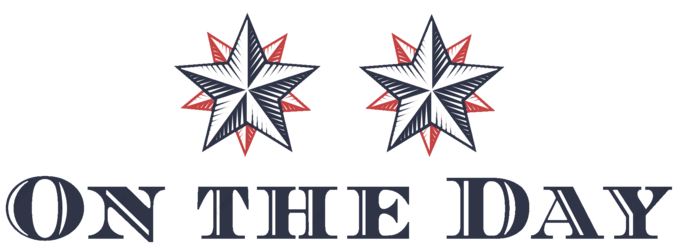There are a few different things to be aware of in the schooling horse jumps industry. First, you must learn about the rules and regulations for horse jumps. This article will learn about the height of fences, safety, and position control. You will also learn about judging standards. Once you know all of this, you’ll be able to make an educated decision when entering the industry.
Position control
A vital aspect of a good rider’s jump technique is position control. While the jump itself is significant, the security of the horse’s mouth is just as important. Ideally, the rider will maintain a perfect balance and use the automatic release when necessary. However, if the rider does not master this technique, they may hit the horse in the mouth. Therefore, position control is essential to a successful jump.
The most common mistake riders make to jump ahead. This throws the rider’s weight over the horse’s shoulders, making it hard for the horse to take off or land properly. Generally, this is done when the rider anticipates a takeoff and does not allow the horse to close the hip angles. As a result, while the horse might land a jump correctly, the rider will often fall forward or even get thrown off.
Height of fences
The height of a fence is essential to consider for jumping purposes. It should be a good fit for the horse’s stride length and track. Inexperienced riders may not be able to adjust their approach to larger fences and should focus on the wall’s way, pace, and rhythm. Small bars are easy to negotiate from nearly any takeoff point. Adding height and width will increase the horse’s enjoyment of the sport.
The height of a fence is primarily determined by the size of the top wire above the ground. The higher the wire, the stronger the fence. A minimum of 12.5 gauge wire is recommended for this purpose. In addition, high-tensile steel wire is recommended for better strength. Galvanized welded wire fabric is sometimes used but does not withstand field conditions and is not recommended for horse fencing. The posts should be at least two inches in diameter to ensure durability.
Judging
If you’re interested in becoming a judge, there are various options available. A horse judging manual is an excellent starting point. The manual includes universal information and terms for all breeds and horses. It helps you determine how to evaluate a horse’s potential and avoid relying on your personal preferences. Regardless of where you plan to compete, there are several standard criteria that all judges use to evaluate horses.
Reasons score reflects accuracy, organization, and terminology. A high score in the reasons section should be given to a student who can clearly describe the difference between the horses in the course. It’s important to note that students don’t receive a high reasons score because of poor placing. It’s better to give credit for accurate statements and punish omission errors.
Safety
One recent case study involving the equestrian jumping industry has focused on horse-rider safety. In 2019, Kevin Babington was involved in a harrowing fall while competing in the Hampton Classic Horse Show. The accident left him paralyzed from the chest down, but the equestrian community rallied to help him recover and support the family. His tragic accident led to the creation of the Kevin Babington Foundation, which raises funds for his recovery and promotes safety education.
To help mitigate the risks posed by a rotational fall, Wood’s study focused on the interaction of the rider and the fence. Specifically, the study focused on how to avoid false activation and minimize rotational fall injuries. The study also studied whether and when safety fences could reduce the frequency of incidental horse-rider hoof strikes. Finally, the results of this study were used to develop a quality index that evaluates the safety of horse jump fences.
Cost
The cost of horses varies greatly, mainly due to the level of training. The more athletic and talented a horse is, the higher the price. Horses with a strong athletic history can easily command a higher price than those without any athletic ability. However, training these horses can be expensive and requires time. Therefore, a more expensive horse will be harder to find in rural areas. As a result, the cost of buying and training a horse in rural areas may not be as high as that of a city.
The price of a horse in the horse jump industry varies greatly. A well-known jumper can fetch upwards of $30,000, and horses produced for a specific sport can cost even more. A green youngster with a lower price tag is a good option for those on a tight budget. A horse with a high-performance level can also be cheaper if you find an older horse with lower training costs. Older horses may be stepping down from higher levels and may not be fit to compete.

